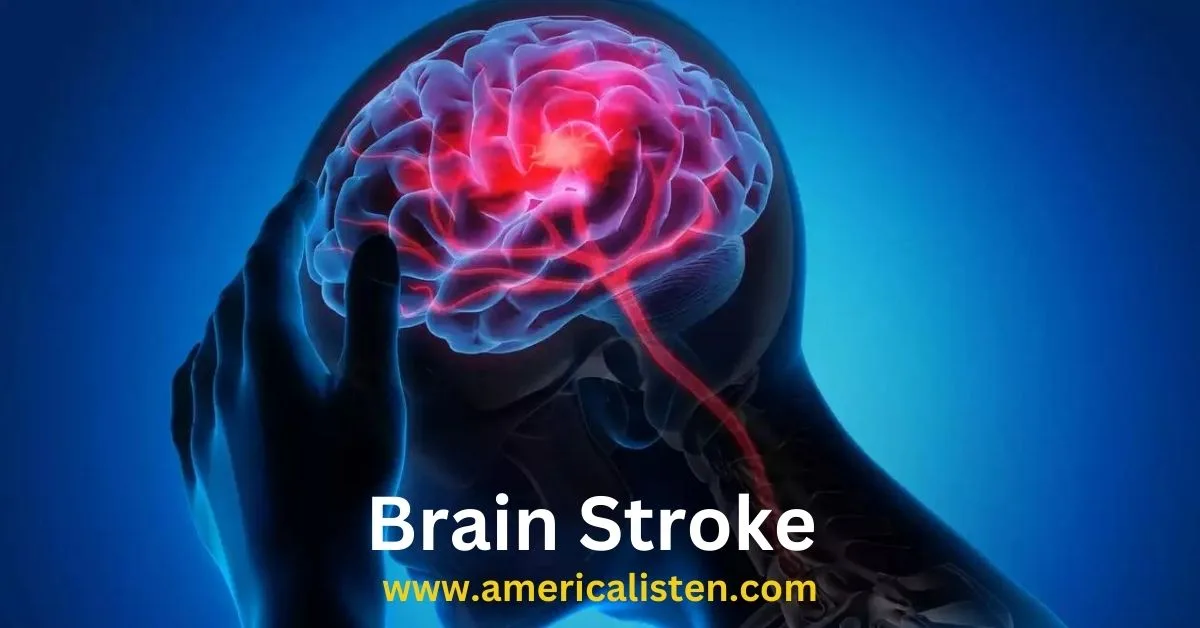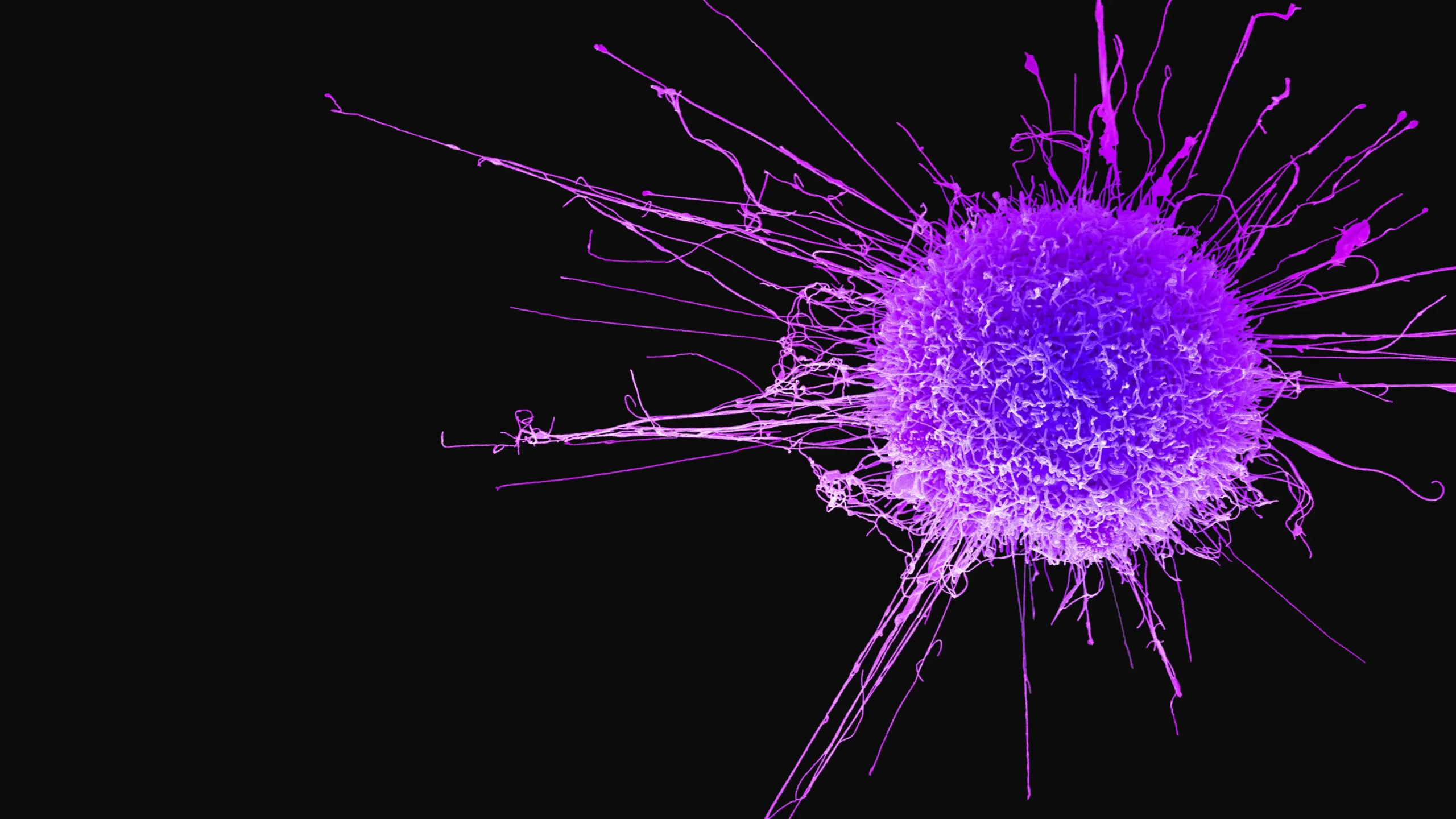In 2019, India assumed a concerning lead in the global healthcare crisis by registering the highest number of new stroke cases worldwide. A recent study, featured in The Lancet and conducted by the Indian Council of Medical Research in collaboration with medical institutions from India, Sri Lanka, and Singapore, has illuminated the extensive scale of the stroke epidemic in India. These revelations underscore the immediate need for action to address this critical issue.
Understanding the Soaring Rates of Brain Strokes Among Indians
This research exposed that strokes account for a substantial 37.9% of Disability-Adjusted Life-Years (DALYs) due to neurological disorders in India. These are not mere statistics; they represent the lives of countless Indians grappling with the life-altering aftermath of strokes. Grasping the reasons behind this unfolding crisis is essential in developing effective strategies to combat it.
The Impact of Changing Lifestyles
One significant factor contributing to the surge in strokes in India is the rapid transformation of lifestyles. Sedentary habits, unhealthy dietary choices, and heightened stress levels have become commonplace. The increase in smoking and excessive alcohol consumption is closely associated with strokes. A lack of physical activity combined with diets rich in processed and salt-laden foods exacerbates the problem. Moreover, the study highlights that the prevalent air pollution in many Indian cities can elevate stroke risk by either triggering or worsening underlying health conditions.
Diabetes and Hypertension on the Rise
The increasing prevalence of diabetes and hypertension in India further adds to the stroke crisis. These conditions are known to significantly increase the risk of strokes, and their incidence is alarmingly rising, particularly in urban areas. The early identification and management of these conditions are pivotal in stroke prevention.
A Multi-Faceted Approach to Combatting Strokes
To stem the rising tide of strokes among Indians, a multi-pronged strategy is imperative. Public awareness campaigns emphasizing the importance of a healthy lifestyle, early screening for risk factors, and the implementation of preventive measures are indispensable. Encouraging individuals to quit smoking, reduce alcohol consumption, and adopt healthier diets can substantially lower stroke risk. Addressing environmental factors, such as air pollution, is critical in the fight against this epidemic.
Enhancing healthcare accessibility and infrastructure, especially in rural areas, will ensure that stroke patients receive swift and effective treatment, reducing the severity and long-term consequences of strokes.
A Guide to Managing Brain Strokes: Knowledge is Power
Introduction
A brain stroke is a medical emergency that requires immediate attention and proper management. It occurs when there is a disruption in the blood supply to the brain, which can lead to severe and sometimes irreversible damage. Fortunately, with timely and effective management, the impact of a stroke can be minimized. In this article, we will explore how to manage a brain stroke, focusing on prevention, recognition, and post-stroke care.
Prevention
- Lifestyle Modifications:One of the most effective ways to manage a brain stroke is through prevention. Adopting a healthy lifestyle is key. This includes maintaining a balanced diet, regular exercise, and managing stress. Reducing risk factors like smoking and excessive alcohol consumption is crucial.
- Regular Check-ups:Regular medical check-ups can help identify and manage risk factors such as hypertension, diabetes, and high cholesterol. By keeping these conditions under control, you reduce the likelihood of a stroke.
Recognition
- Knowing the Signs:Recognizing the signs of a stroke is vital for effective management. Remember the acronym FAST: Face drooping, Arm weakness, Speech difficulty, and Time to call emergency services. If you or someone experiences these symptoms, don’t hesitate to call for help.
- Immediate Response:Time is of the essence when dealing with a stroke. If you suspect a stroke, call 911 or your local emergency number immediately. The sooner treatment begins, the better the chances of recovery.
Post-Stroke Care
- Hospital Treatment:Once at the hospital, medical professionals will determine the type of stroke (ischemic or hemorrhagic) and provide appropriate treatment. Ischemic strokes may be treated with clot-busting drugs, while surgical interventions may be required for hemorrhagic strokes.
- Rehabilitation:Stroke survivors often require rehabilitation to regain lost functions. Physical therapy, occupational therapy, and speech therapy can significantly improve the quality of life for stroke survivors.
- Medications and Lifestyle Changes:Medications like blood thinners, antiplatelet drugs, and statins may be prescribed to manage stroke risk factors. Lifestyle changes, such as dietary modifications and regular exercise, will continue to be essential.
- Emotional Support:Stroke survivors may experience emotional challenges such as depression and anxiety. Support from family, friends, and mental health professionals is crucial in managing these emotional aspects of recovery.
- Caregiver Support:Caregivers play a significant role in stroke management. They need to be educated about the survivor’s needs and potential complications, providing physical and emotional support.
Conclusion
Managing a brain stroke involves a combination of prevention, immediate recognition, and post-stroke care. By understanding the risk factors and adopting a healthy lifestyle, individuals can reduce the chances of experiencing a stroke. Recognizing the signs and seeking prompt medical attention is critical for successful treatment. Post-stroke care, including rehabilitation and emotional support, is essential for recovery. Stroke management is a collaborative effort that involves healthcare professionals, survivors, and their support networks. Remember, knowledge is power when it comes to managing brain strokes.
Precautions and Proper Usage of Medications for Brain Stroke
Introduction
Brain strokes are serious medical events that require swift and comprehensive treatment. Medications play a crucial role in the management and recovery process of stroke patients. However, it is essential to use these medications with caution, as well as to be aware of potential precautions. In this article, we will discuss the precautions and proper use of drugs for brain strokes.
- Thrombolytic Medications
Thrombolytic medications, such as tissue plasminogen activator (tPA), are commonly used in the treatment of ischemic strokes to dissolve blood clots and restore blood flow to the brain. However, their use comes with several important precautions:
a. Time Sensitivity:
Thrombolytic medications are most effective when administered within a short timeframe after the onset of stroke symptoms, typically within 4.5 hours. Delayed treatment may increase the risk of complications.
b. Imaging Confirmation:
Before administering tPA, medical professionals often perform brain imaging to confirm the type of stroke and ensure it is safe to use thrombolytics. In some cases, they may opt for alternative treatments, depending on the circumstances.
c. Bleeding Risk:
These medications can increase the risk of bleeding, particularly in the brain. Patients with a history of bleeding disorders, recent surgery, or certain medical conditions may not be suitable candidates for thrombolytic therapy.
2. Antiplatelet Medications
Antiplatelet drugs, like aspirin and clopidogrel, are used to prevent the formation of blood clots and reduce the risk of recurrent strokes. Precautions and considerations include:
a. Allergies and Side Effects:
Prior to taking antiplatelet medications, patients should inform their healthcare provider of any known drug allergies. Additionally, they should be vigilant for side effects, which may include gastrointestinal issues or increased bleeding tendencies.
b. Dosage and Frequency:
It is vital to adhere to the prescribed dosage and frequency to achieve the intended therapeutic effect while minimizing side effects. Overuse or underuse of these medications can lead to complications.
3. Blood Pressure Medications
Controlling blood pressure is crucial for stroke prevention and management. Patients may be prescribed antihypertensive drugs to regulate blood pressure levels. Key precautions involve:
a. Regular Monitoring:
Patients should have their blood pressure regularly monitored to ensure the medication is effective. Adjustments to the dosage may be necessary.
b. Drug Interactions:
Be aware of potential interactions between blood pressure medications and other drugs. Consult with a healthcare provider to ensure compatibility.
Conclusion
Medications are a fundamental component of stroke management. However, it is essential for patients and their caregivers to exercise caution and adhere to medical recommendations. Thrombolytic medications, antiplatelet drugs, and blood pressure medications all come with specific precautions and usage guidelines. Open communication with healthcare providers, strict adherence to prescribed dosages, and regular monitoring of side effects are crucial for the safe and effective use of these drugs. Ultimately, proper drug use and precautionary measures play a pivotal role in the recovery and long-term health of stroke survivors.


